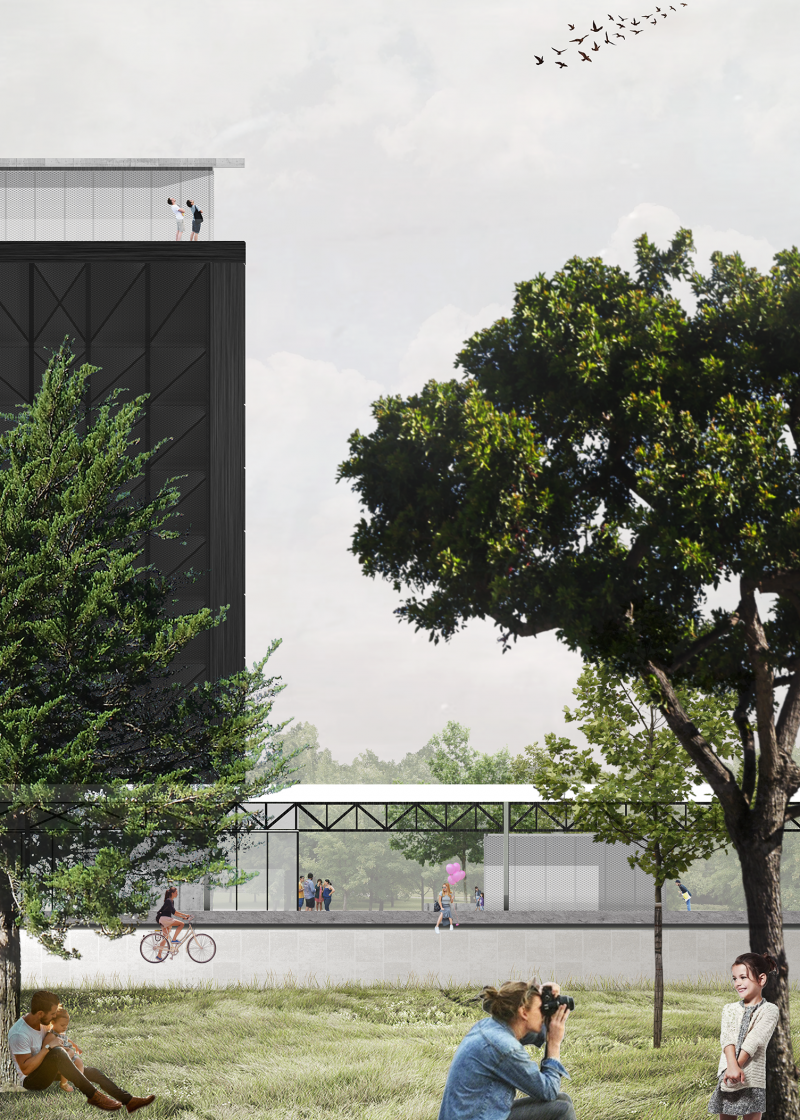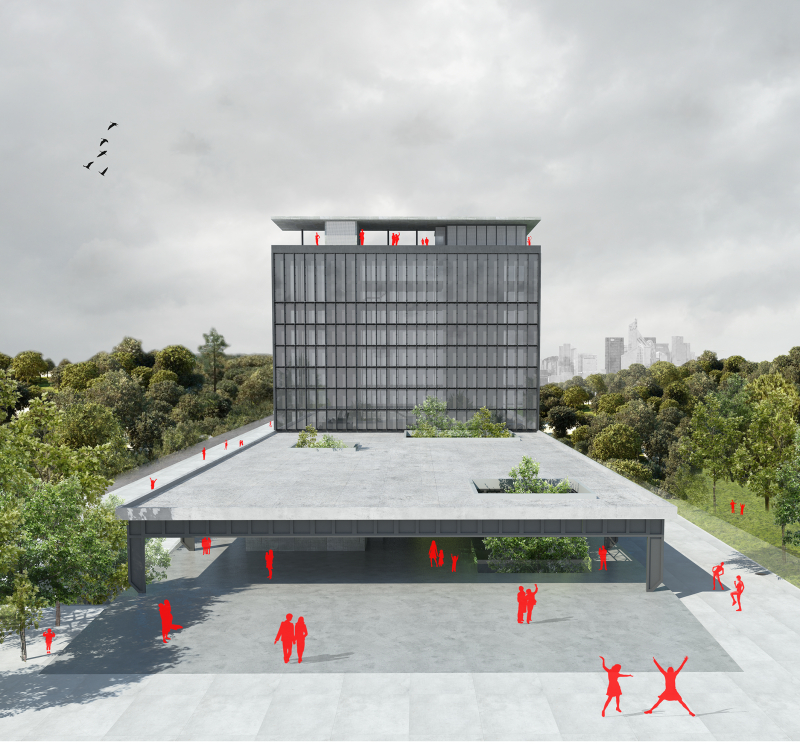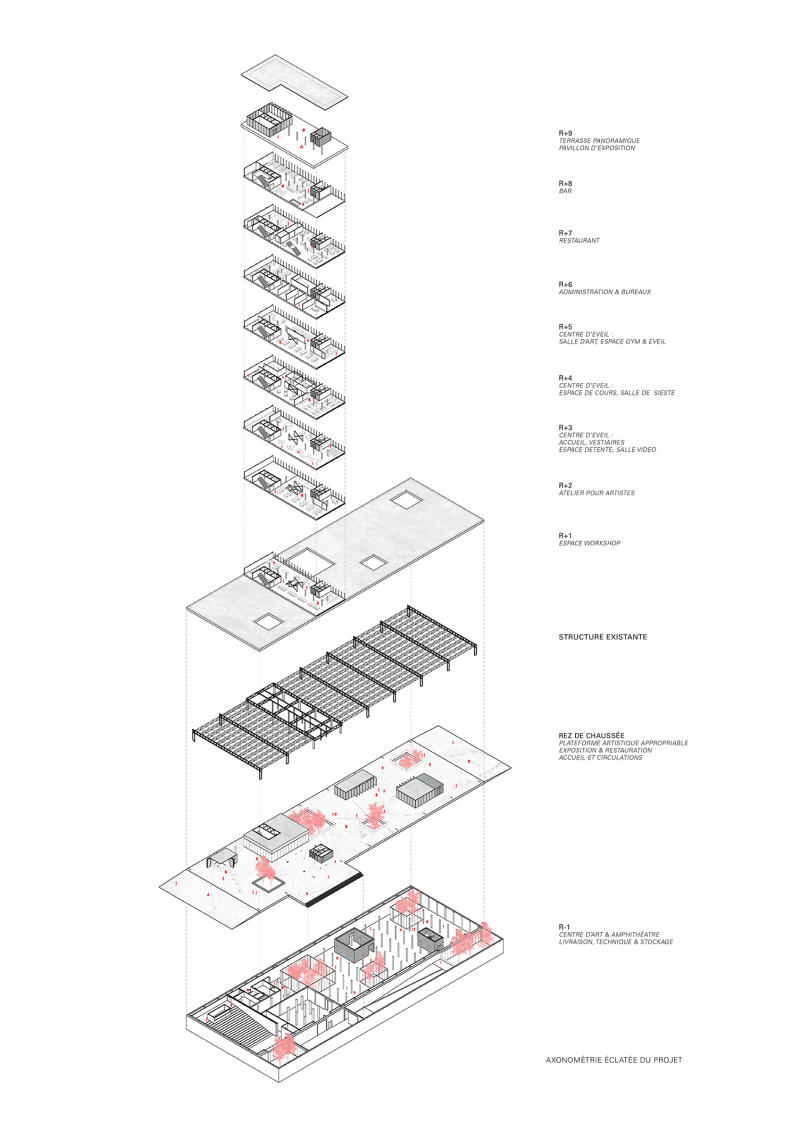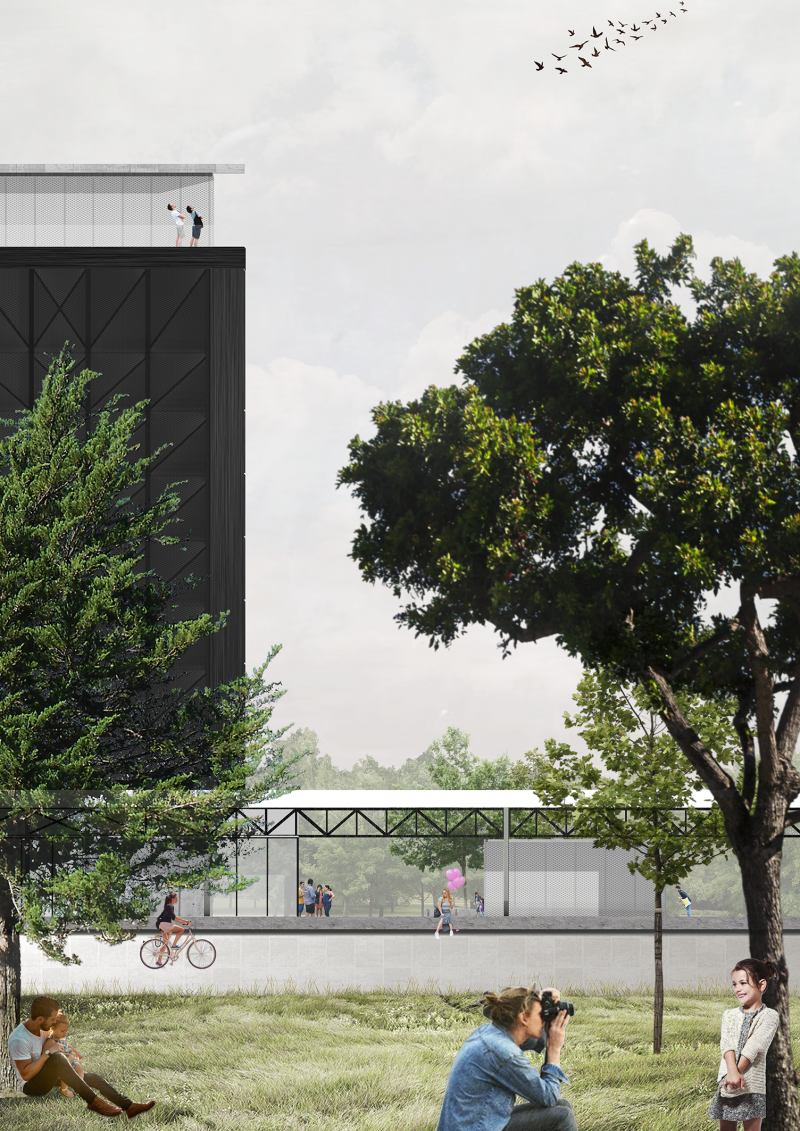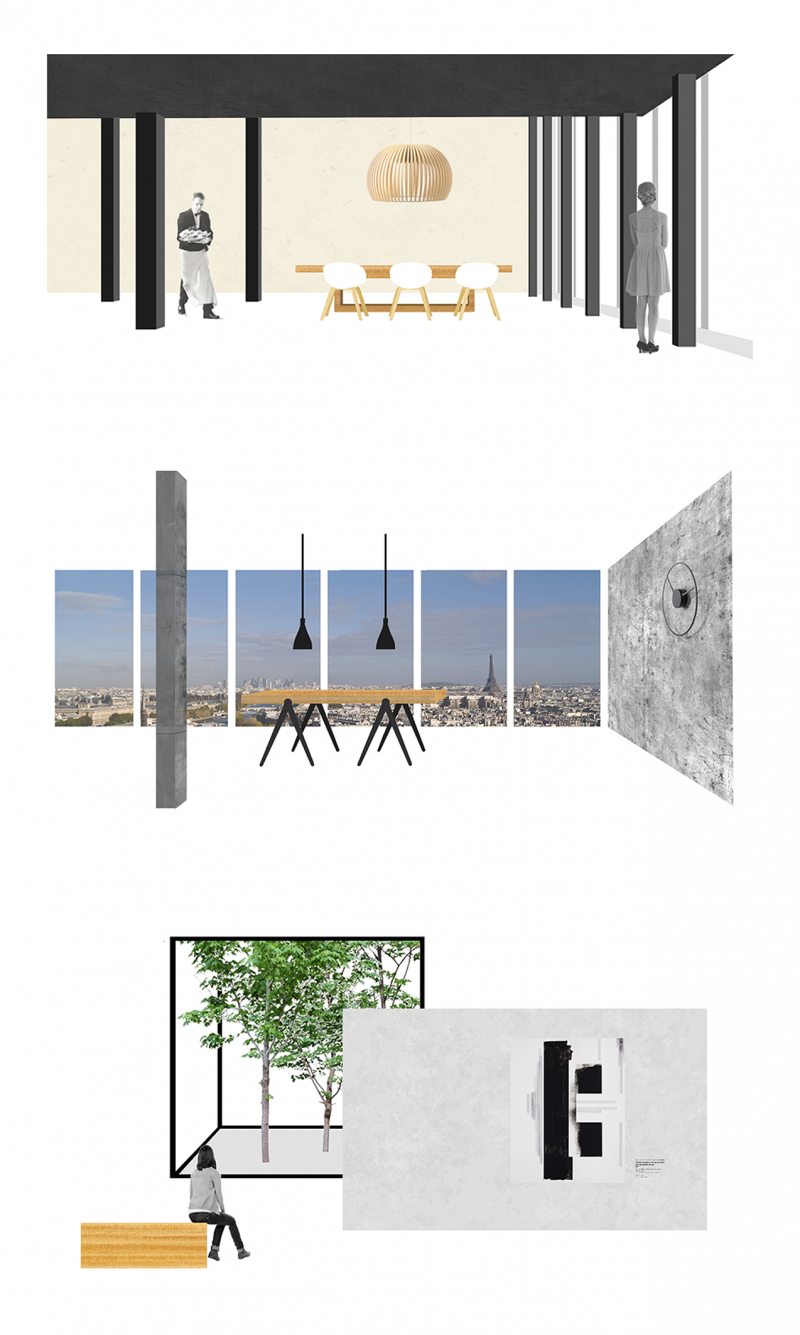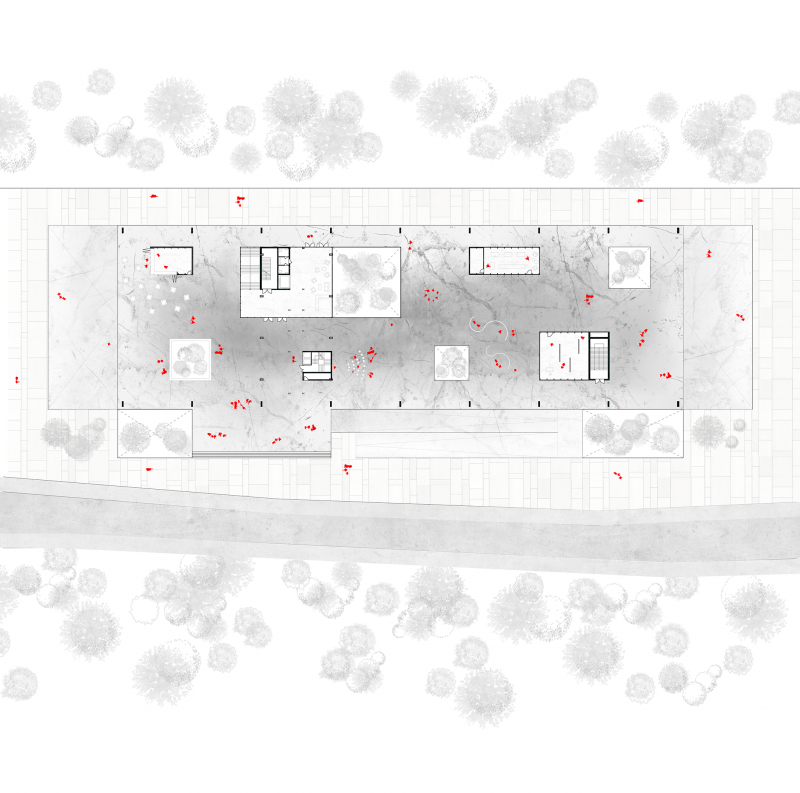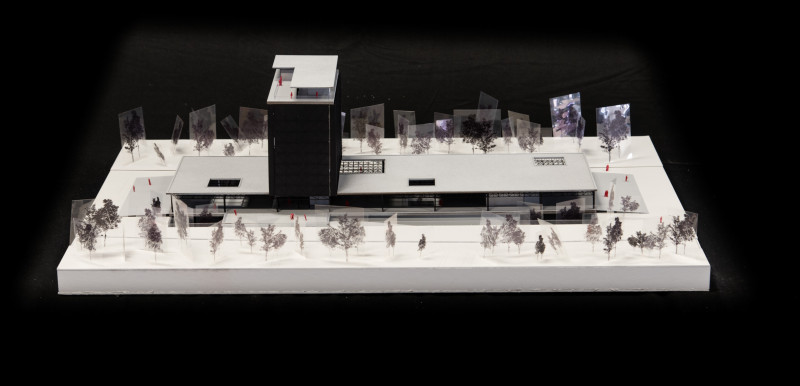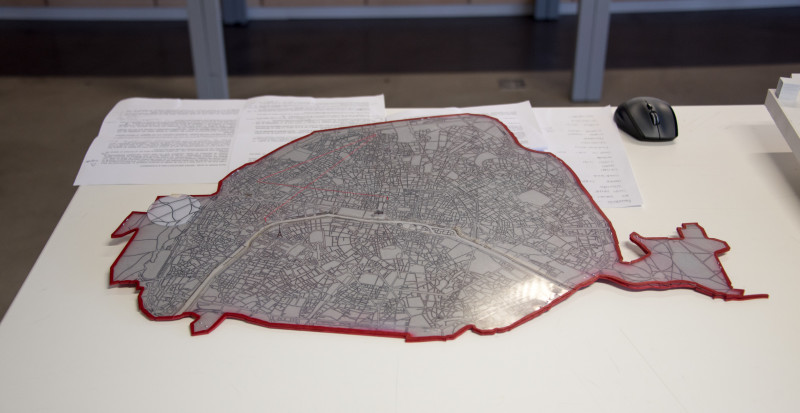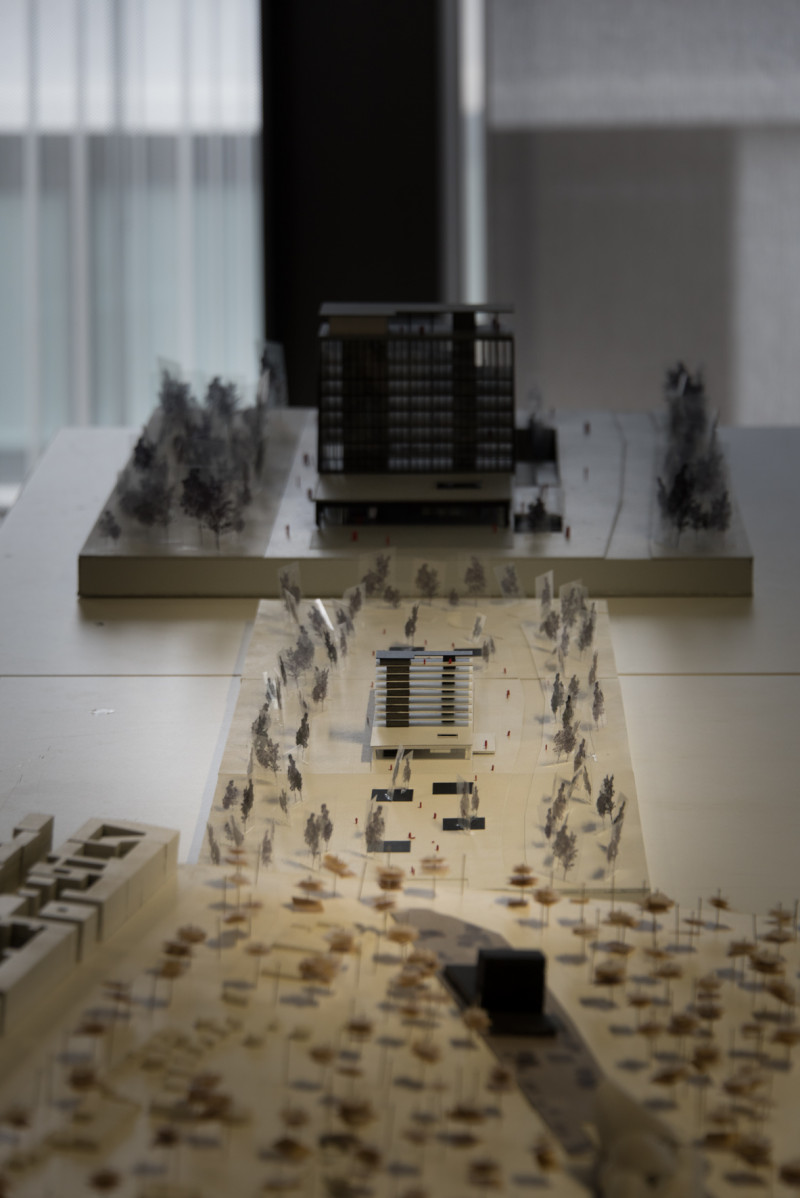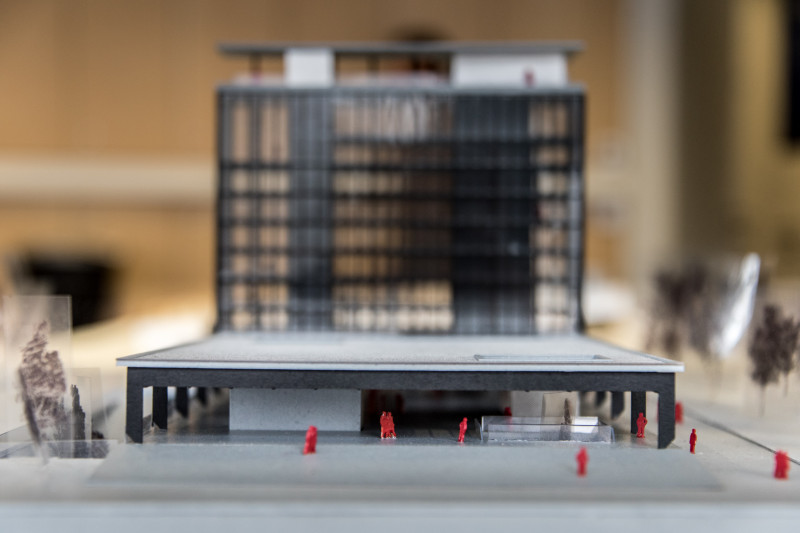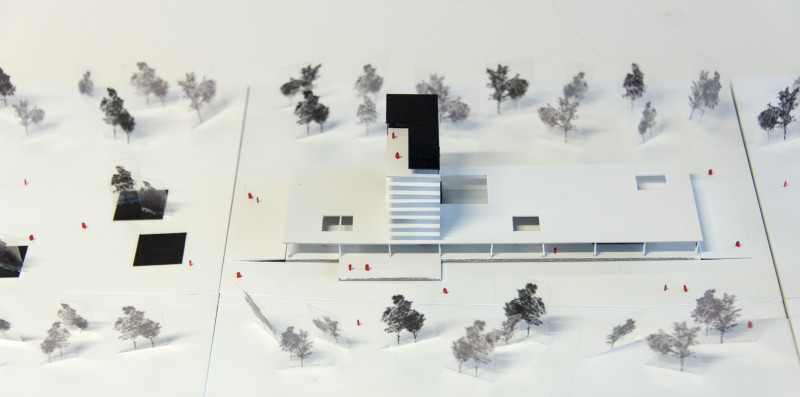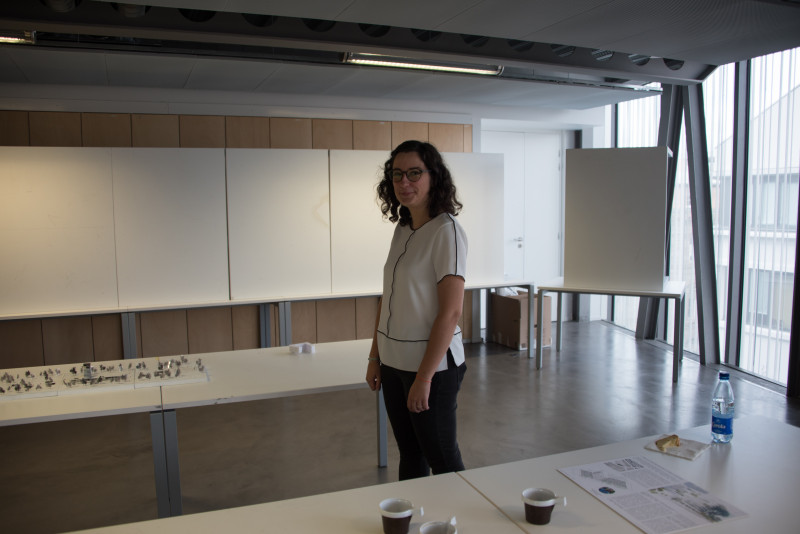The Architecture of Possibilities
Located on the edge of the acclamation garden, the building was designed by Jean DUBUISSON between 1957 and 1972. The place was closed to the public in 2005 and despite its status of "heritage of the 20th century", this metal construction of international style did not find a new use.
In 2014, the context of the Jardin d'Acclimatation was transformed with the opening of the Louis Vuitton Foundation, designed by Frank Gehry.
This project revolves around 3 issues: How to reintegrate this neglected building both in its context and in the collective imagination? How to make these two architectures cohabit within the same project? What field of architectural intervention is possible within this quasi-ideological duel?
The project develops on three scales:
The urban scale, with the creation of a cultural sequence common to both buildings on the site.
The architectural scale. Through reopening the building to its context, to a mix of uses, to enhance the structure, while keeping the flexibility of the place and the possibilities of evolution in time. The place becomes a platform dedicated to art and culture housing different functions (an art center, an amphitheater, art workshops, a bar, a restaurant and a panoramic terrace).
- The scale of the micro-architecture and the event. The strong idea of this project is both to reveal the existing structure by decompartmentalizing the places but also to inject new activities to challenge the visitor. In the base there is a café, a bookshop, an exhibition space in the form of pavilions in light structure, covered with metal mesh panels, allowing transparency and light.
The project is above all a walk, within an architecture that does not claim to be anything other than what it is. To reveal this building that people had lost the habit of seeing, to create a place of exchange around art and culture, conducive to appropriation and wandering.




